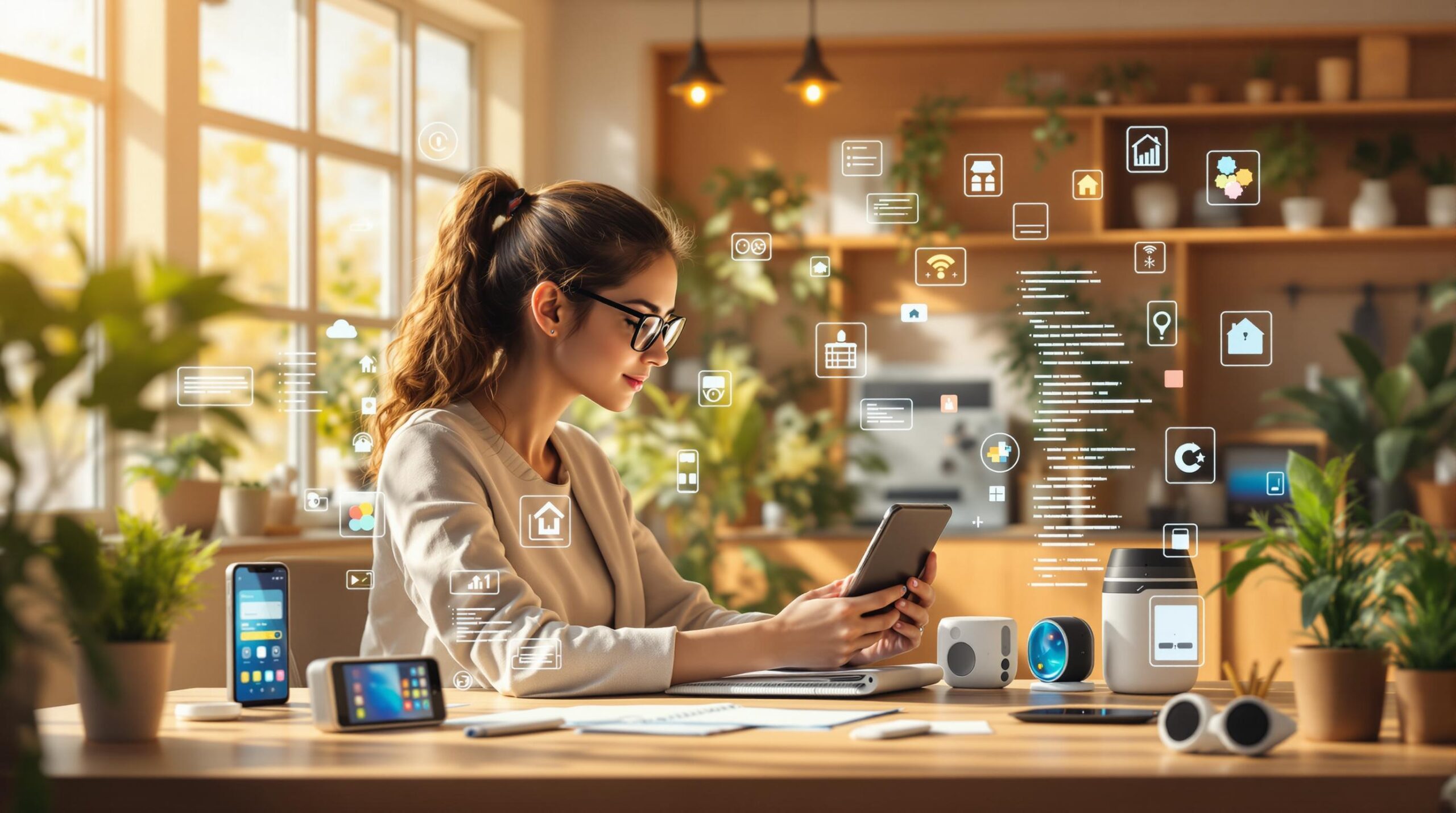
IoT mobile app development in 2025 is all about creating smarter, faster, and more secure apps that connect billions of devices globally. Here’s what you need to know:
- Key Technologies: Edge computing reduces latency, 5G speeds up data transfer, and AI enables smarter analytics.
- Top Tools: Platforms like AWS IoT Core, Google Cloud IoT, and Microsoft Azure IoT Suite dominate the market.
- Security Focus: Strong encryption, authentication, and compliance with regulations like GDPR and HIPAA are essential.
- Challenges: Developers face issues like managing large-scale IoT networks, securing edge data, and optimizing performance.
- Growth Areas: Healthcare, agriculture, and smart cities are driving IoT adoption, with connected devices projected to grow from 20 billion to 32.1 billion by 2030.
Quick Comparison of Leading IoT Platforms
| Platform | Key Strengths | Best For |
|---|---|---|
| AWS IoT Core | Security, scalability | Large-scale enterprises |
| Google Cloud IoT | Advanced analytics, machine learning | Data-heavy applications |
| Microsoft Azure IoT | All-in-one IoT solutions | Integrated enterprise deployments |
In 2025, IoT apps are reshaping industries like healthcare and agriculture, offering real-time data insights and automation. Developers must prioritize performance, security, and user-friendly designs to stay ahead.
Building a Mobile App in 2025: The BEST Technologies
IoT Mobile App Development: Main Issues and Solutions
The development of IoT mobile apps in 2025 comes with its own set of challenges. Increasing network complexity and stricter security demands require dependable and scalable solutions. Below, we explore some of the key technologies and strategies shaping this space.
New Technologies in IoT Integration
Technologies like edge computing, 5G, and AI are reshaping IoT app development. Here’s how they impact the field:
- Edge computing minimizes delays by processing data closer to the source, making it ideal for real-time applications like healthcare monitoring. However, securing data at the edge remains a challenge.
- 5G provides faster data transfer, enabling smoother communication between devices. Developers must address bandwidth management to avoid bottlenecks.
- AI enhances IoT apps with smarter analytics and decision-making capabilities, though it requires careful resource planning to ensure efficiency.
| Technology | Benefit | Challenge |
|---|---|---|
| Edge Computing | Lower Latency | Securing Edge Data |
| 5G Integration | Faster Data Speeds | Bandwidth Oversight |
| AI Implementation | Smarter Analytics | Resource Management |
Data Security Requirements
Security is a top priority for IoT apps. Developers must implement measures to protect sensitive data and ensure compliance with regulations like GDPR and HIPAA. Platforms like AWS IoT Core simplify this process with built-in compliance tools.
Key security practices include:
- Authentication protocols: Use digital certificates to verify device identities.
- Data encryption: Encrypt information both at rest and in transit to prevent unauthorized access.
- Regular audits: Conduct vulnerability assessments to identify and fix weaknesses.
Building Apps for Large IoT Networks
Managing large-scale IoT networks requires careful planning and the right tools. For example, SQLite is a lightweight database solution that handles data storage efficiently, even in large deployments.
To handle thousands of device connections, developers use techniques like connection pooling and data batching. Microservices architectures are also gaining traction, as they allow for better resource allocation and make it easier to scale specific app components. Platforms like ThingSpeak demonstrate how effective data aggregation supports real-time analysis while keeping apps responsive.
sbb-itb-7af2948
Development Tools for IoT Mobile Apps
Selecting the right tools is crucial for building reliable IoT mobile apps in 2025. Once developers have tackled the main challenges, the focus shifts to choosing tools that ensure high performance and efficiency.
Top IoT Platforms Comparison
Here’s a quick breakdown of some leading IoT platforms and their strengths:
| Platform | Key Strengths | Best For |
|---|---|---|
| AWS IoT Core | Strong device management and security features | Large-scale enterprise deployments |
| Google Cloud IoT | Advanced analytics and machine learning capabilities | Data-heavy applications |
| Microsoft Azure IoT Suite | Comprehensive services for device management, data processing, and analytics | Organizations needing complete IoT solutions |
AWS IoT Core is a go-to for enterprises that prioritize security and scalability. Google Cloud IoT shines in data-driven environments requiring deep analytics, while Microsoft Azure IoT Suite offers an all-in-one package, making it ideal for businesses looking for integrated solutions. Beyond device management, having access to robust data analysis tools is essential for crafting smarter IoT apps.
Data Analysis and Display Tools
ThingSpeak, when paired with MATLAB, becomes a powerful tool for developers. It supports real-time data handling and enables advanced analytics, such as:
- Collecting and storing data in real time
- Creating custom visualization dashboards
- Running advanced algorithmic processes
- Integrating machine learning for predictive insights
This combination helps developers unlock deeper insights and optimize app functionality.
App Speed and Resource Management
Performance optimization is a critical aspect of IoT app development. To ensure apps run smoothly, developers can adopt these strategies:
| Technique | Purpose | Impact |
|---|---|---|
| Code Optimization | Reduces processing overhead | Boosts overall performance |
| Data Compression | Lowers bandwidth usage | Eases data transfer loads |
| Connection Pooling | Improves communication efficiency | Cuts latency in multi-device environments |
Using edge computing can further reduce delays, which is especially important for real-time monitoring and control. For apps that demand heavy resources, techniques like caching and batching can help manage loads effectively. Regular performance checks are also essential to spot and fix bottlenecks before they disrupt the user experience.
IoT Mobile App Development Standards
Creating IoT mobile apps requires a strong focus on performance, security, and usability. These guidelines build on earlier challenges and tools, helping developers fine-tune their app’s features.
User Experience in IoT Apps
Designing user-friendly IoT interfaces means striking a balance between functionality and simplicity. Features like customizable widgets and real-time data feeds can make user interactions smoother. Key elements to include are:
- Live data updates for real-time insights
- Interactive charts for clear data visualization
- Centralized dashboards for unified device control
Native vs Hybrid Development
The choice between native and hybrid development plays a big role in your app’s performance and capabilities.
- Native development: Offers better access to hardware and stronger security. It’s a great fit for apps in healthcare or industrial sectors where precision and safety are critical.
- Hybrid development: Ensures compatibility across platforms and speeds up deployment, making it suitable for consumer IoT apps like smart home systems.
Security Implementation Guide
Strong security is non-negotiable for IoT apps. Here’s how to safeguard your app:
- Data Encryption: Use robust methods like AES-256 to protect sensitive information.
- Authentication: Apply multifactor authentication to verify users.
- API Security: Protect API endpoints with protocols like OAuth 2.0.
IoT Mobile Apps Beyond 2025
Key Takeaways for Developers
Developing IoT apps today often involves platforms like Microsoft Azure IoT Suite, AWS IoT Core, and Google Cloud IoT. To ensure top performance, developers should focus on code efficiency, caching, and data compression. Tools like advanced indexing and in-memory databases are essential for keeping large IoT networks running smoothly. Incorporating edge computing can further reduce latency, making it ideal for real-time applications. These practices form the backbone of current IoT development and set the stage for what’s next.
Areas Driving Future Growth
Markets like agriculture are expected to see fast-paced growth, while emerging technologies are reshaping what’s possible in IoT app development. Here are some technologies making an impact:
| Technology | Focus Area | Development Goals |
|---|---|---|
| Extended Reality (XR) | User Interface | More interactive and immersive experiences |
| 5G Networks | Real-time Data Handling | Faster processing and lower latency |
| Edge Computing | Performance | Better decision-making with reduced delays |
| Machine Learning | Automation | Smarter user experiences and predictive maintenance |
Healthcare IoT apps will continue to improve real-time monitoring and data analysis, while industrial IoT will expand its use of remote control and predictive maintenance. Smart city projects are another exciting frontier, where developers can design tools to manage urban infrastructure efficiently. Future IoT apps will need to handle increasingly complex sensor networks while prioritizing strong security and user-friendly interfaces.

